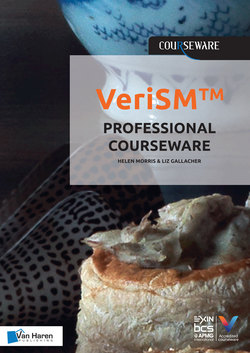Читать книгу VeriSM™ Professional Courseware - Helen Morris - Страница 58
IT Service Management
ОглавлениеThe help desk is the centrally known aspect of the IT department for FCH. There is a staff of 16 to cover the 24x7 operation. The number of calls to the help desk has doubled over the past two years while the staff supporting the help desk has not increased. Call wait times and call abandonment rate are unacceptable. Customer satisfaction is at an all-time low. A self-service portal has been deployed but has had limited success – it is not well-utilized by the customers and no attempt to understand why has occurred.
Financial management is under increasing scrutiny, as customer groups and executive management are demanding accurate costs and billing, by customer group. Currently costs are estimated for each line of business manually by each IT manager – though that practice may have served well in the past, the current economic climate will no longer tolerate the inaccuracies. Additionally, as customers must pay for services, they are also demanding better reporting on usage and expected performance. No longer is the “shoot from the hip” or “fly by the seat of one’s pants” style of management or reporting tolerated.
There are four service management tools in use within FCH. These tools support several ITIL-based processes. Not all tools support all processes nor do all tools share information. Processes deployed across the FCH are incident management, event management, problem management, change management, capacity management, supplier management, and configuration management. Access management, request fulfillment, IT service continuity management and knowledge management are used in some areas but there is no coordination or consistency across the organization.
